Dawn Clark: Greening of Supercities
I’ve been on a perpetual road trip for a number of months – well, maybe more than a few years. Living across the planet in these cities – from Tokyo, Hong Kong, Shanghai, New York, London, Amsterdam, Miami, Seoul – there are interesting parallels and starkly constrasting differences. I’ve been to new developments and energized…
I’ve been on a perpetual road trip for a number of months – well, maybe more than a few years. Living across the planet in these cities – from Tokyo, Hong Kong, Shanghai, New York, London, Amsterdam, Miami, Seoul – there are interesting parallels and starkly constrasting differences. I’ve been to new developments and energized retail stores, seen global power brands and creative local gathering places. The global trends in the development of this supercity network are powerful and fascinating, and visible on the streets.
I was exposed to the project 19.20.21 a few years ago at my first TED conference https://www.ted.com/ . The 19-20-21 Super City project by Richard Saul Wurman looks at the impact of urbanization on the environment and people. From the founder of the TED conference, this project seeks to organize and better understand population’s effect regarding urban and business planning and its impact on consumers around the world. Today’s global population clock is ticking at 6.9+ billion (the number changes every second) and the site provides an excellent overview of the population trends in the development of this network of supercities.
In looking at the basic development activities, especially in newly developing markets, there are still many infrastructure needs. The United Nations estimates that over 500 urban areas will have a population of more than a million people by 2015, compared with 328 such cities in 1996. Over the same period, the number of cities with a population of more than 5 million is projected to increase from 16 to 26.
Green infrastructure is one of the key elements of success — open space for people to connect with nature. I’ve seen a number of powerful developments over the past few years, like the redevelopment of the promenade/park along the Bund in Shanghai, to the Highline Park in New York City, to the Olympic Sculpture Park in Seattle.
These significant new green developments have created a ripple effect of successful development in surrounding properties. Great cities throughout history have always considered the development of green places as the heart of the city – the Champs Elysees of Paris, Central Park in New York City, Hyde and Green Parks in London.
Green developments are being created at all scales – urban fabrics to small buildings, and interior spaces — all enhancing and creating success for supercities of the future.




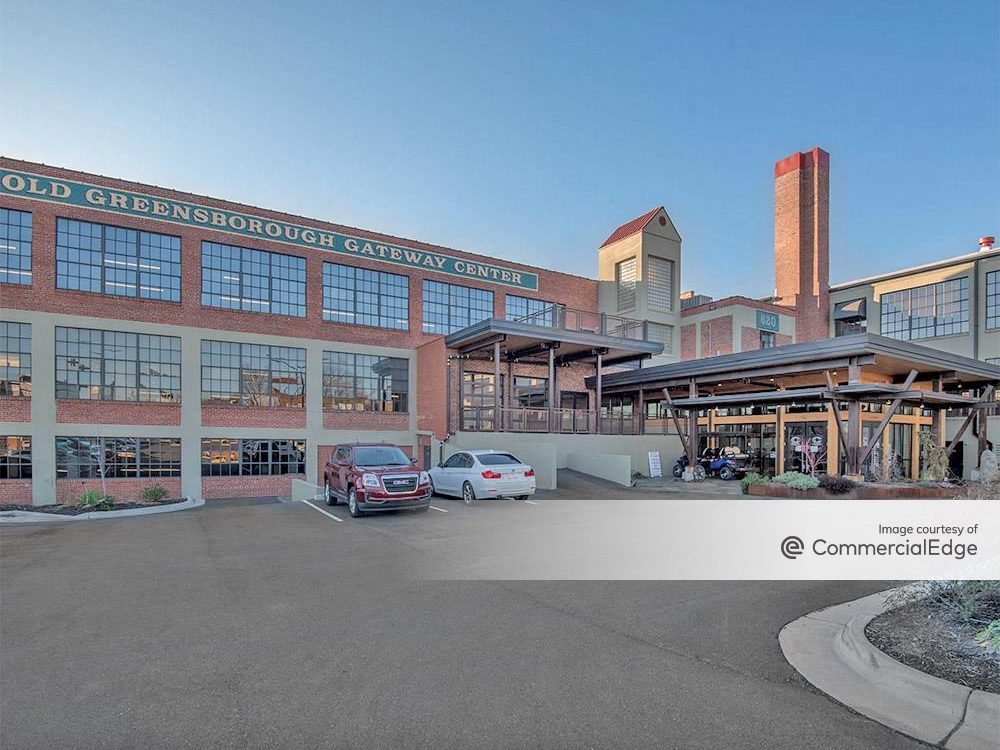
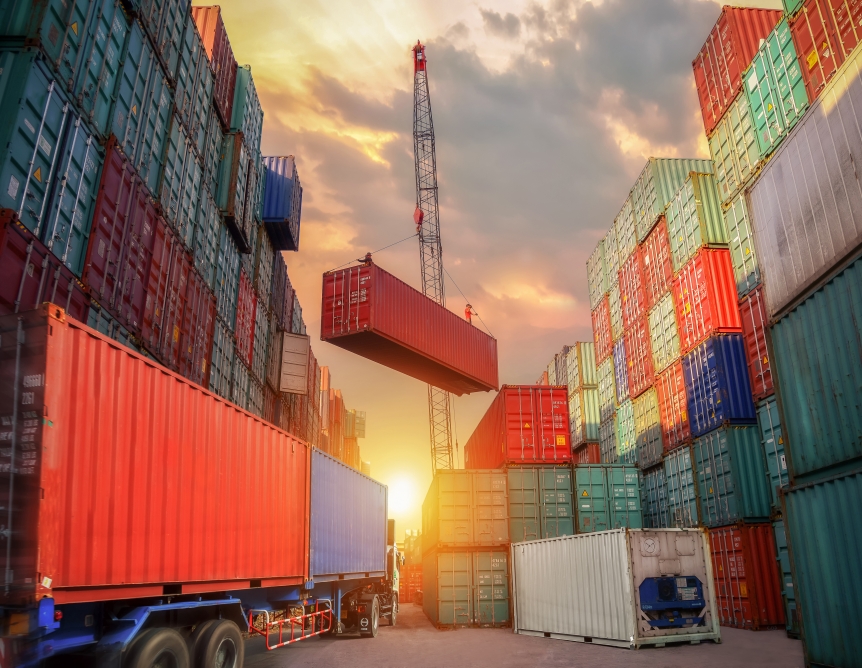
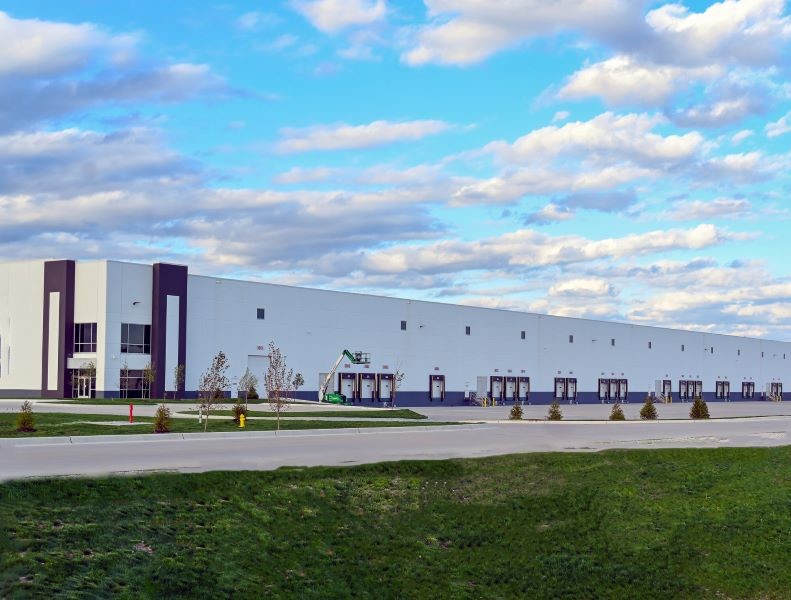
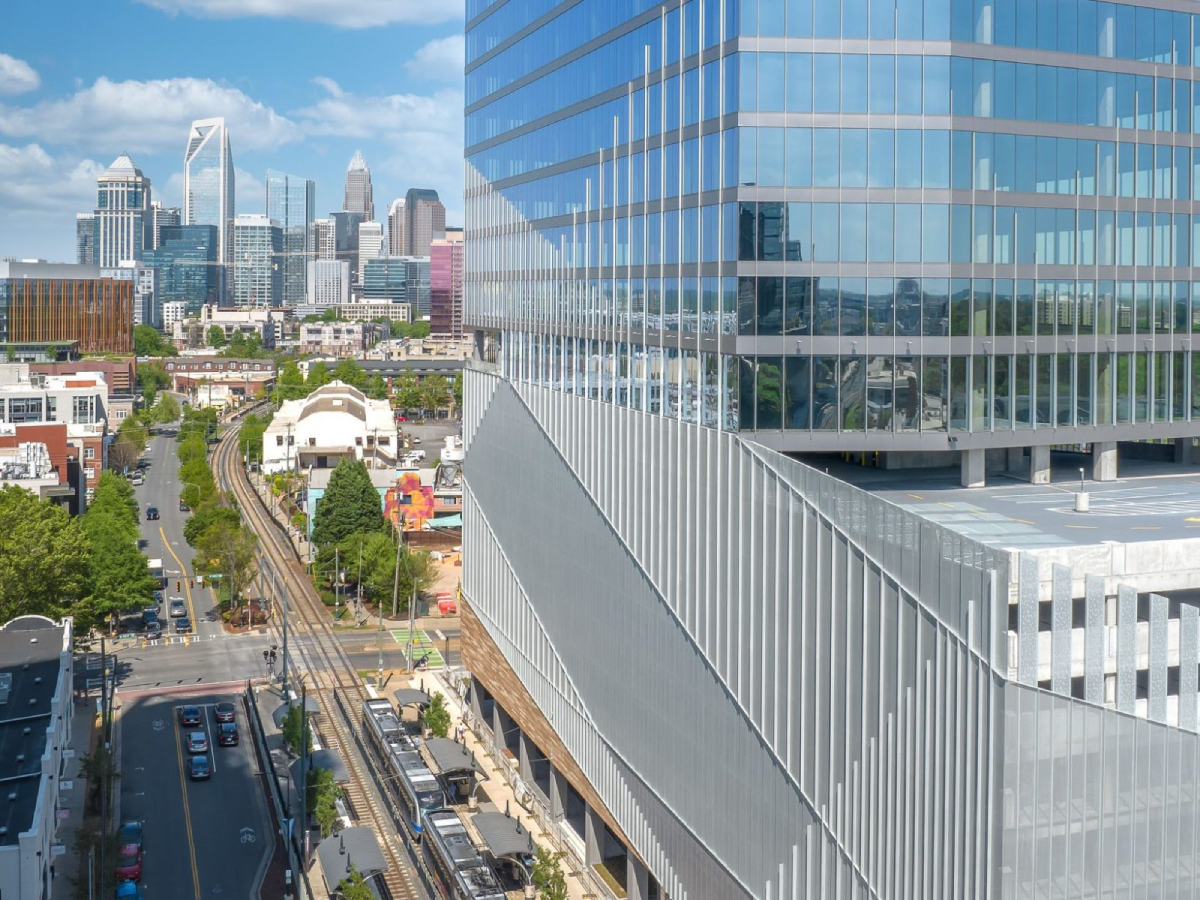
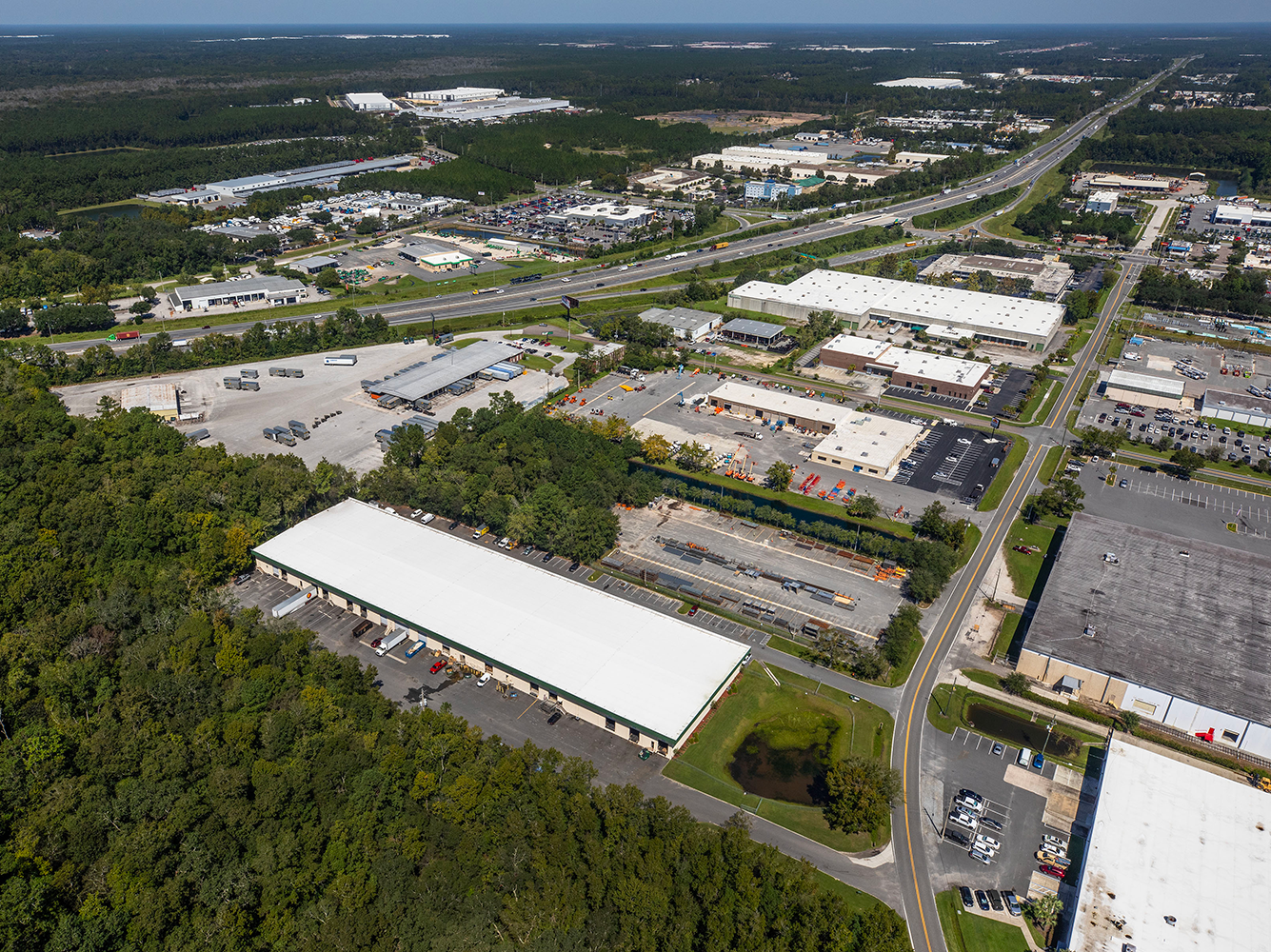

You must be logged in to post a comment.